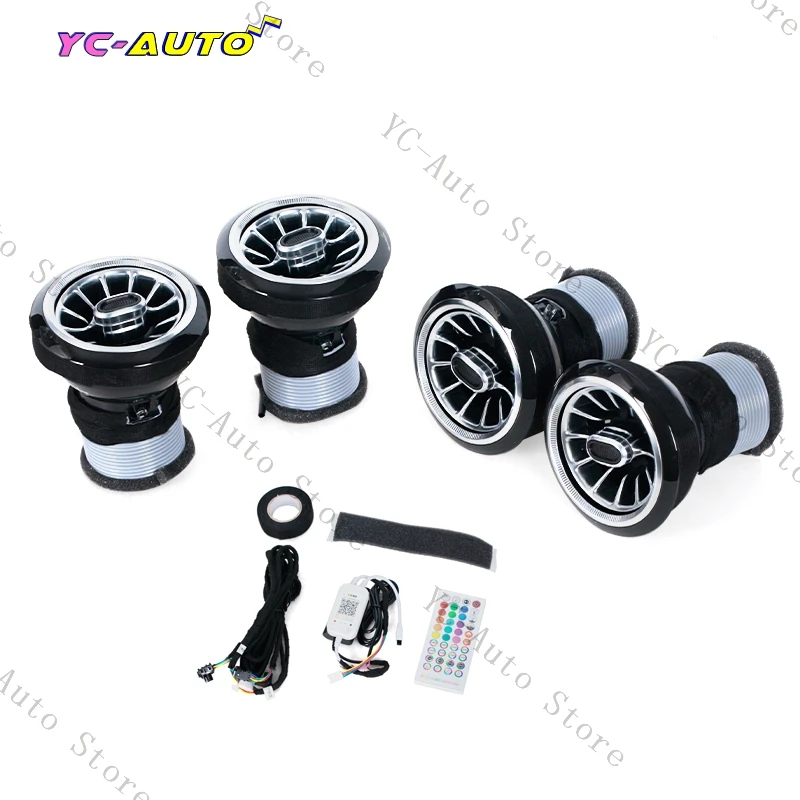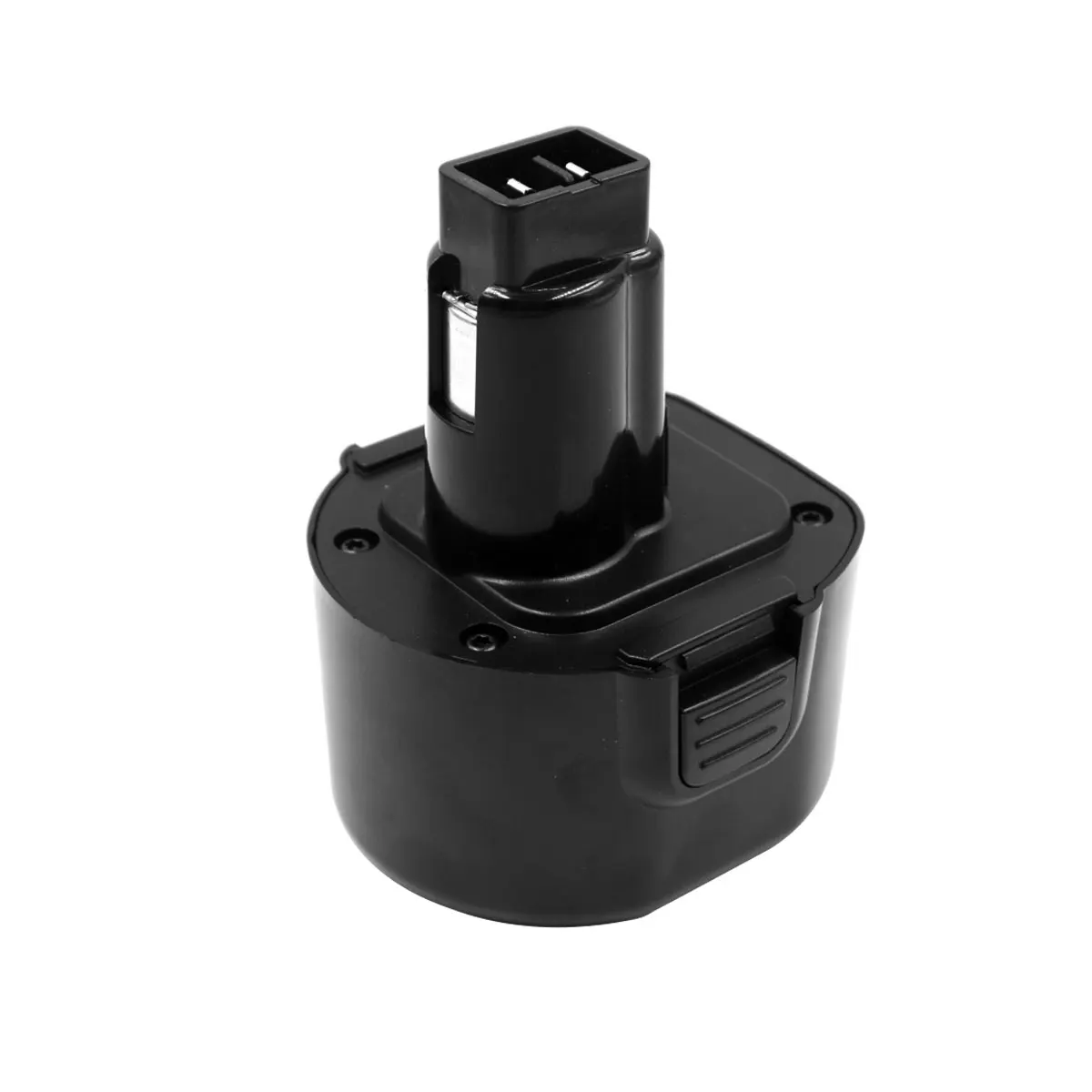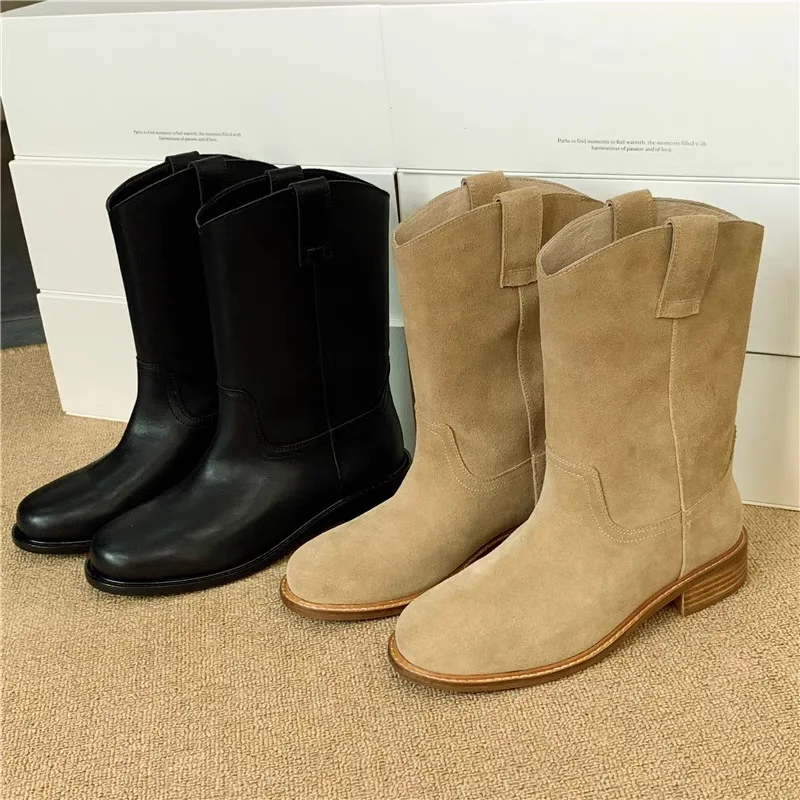Описание и отзывы
Характеристики
Sodium Feldspar occurs as essential constituents of granite, syenite and gneisses. However, workable deposits are found in pegmatite veins consisting mainly of feldspar, quartz-feldspar veins and also occur with mica pegmatites. Feldspar is of widespread occurrence and is mined in almost all countries. Feldspars are aluminosilicates. Their fusibility and purity make them a useful raw material with many industrial applications.
We supply Sodium Feldspar mainly in forms of Lumps, Grains/chips and powder.
Characteristics:-
- Excellent chemical properties
- Negligible iron content
- High content of Potash
- Great whiteness
- Unmatched quality consistency
- Good alumina and alkali content
- High Fusiblity
APPLICATIONS:-
Ceramic Industry:-
In making the body composition of several types of Wall tiles, Floor tiles, Porcelain tiles, Sanitary ware, china & earthenware and also in the preparation of glazes and enamel.
For ceramic bodies, the main vitrifying (fluxing) agent is feldspar. The majority of white ware bodies contain good proportions of feldspar. In the ceramic industry, the flux is defined as the portion of the body which develops glass phase. This is provided mostly by feldspar. The amount of flux in a ceramic body should be only in such a proportion as to develop the desired amount of vitrification. If excess of flux is added, the fired body becomes very glassy and consequently brittle.
For Glaze preparations:-
In the preparation of glazes the fine powder of feldspar is mixed with silica powder and a thin slurry is made. The fired up goods are dipped into the slurry and fired again. This imparts glaze to the surface. Some other ingredients are also added to the slurry to impart glaze and lustre. Each pottery factory has its own technique of preparing slurry which is regarded as a trade secret. Fusiblity is very important. The Glazes high in feldspar (35% or more) are likely to produce crazing problems. 'Flux saturated' glazes with more than 50% feldspar may be unbalanced and lack adequate glass former or alumina. The High melting Point is 1250C with M Specific.
Sodium used in for glaze preparations:-
Sodium Feldspar is generally a clean white mineral which sources sodium, alumina and silica along with some potassium and calcium. Albite mineral from which Sodium Feldspar is derived is often tends to be white in appearance compared with the pinkish hue of orthoclase mineral from which potash feldspar is ground. It begins melting around 800C.
In many cases sodium Feldspar and potash feldspar are interchangeable in glaze recipes. However, some differences will be apparent. For example, slightly different color responses will be encountered (i.e. cobalt tends toward purple copper toward blue with soda spar). Sometimes colors will be brighter with Sodium Feldspar. In addition, sodium spar has a higher coefficient of expansion and melts earlier and has a shorter range before it begins to volatilize.
Sodium Feldspar is a clean white mineral with a melting range of 1100-1500’C. Sodium and Potash feldspar are interchangeable in glaze recipes but there are some differences between them. Sodium feldspar melts better than the potash feldspar. Sodium feldspar has a higher coefficient than the potash. Sodium feldspar is a volatile substance and has excellent moisture absorbent capacity due to which this compound melts when it comes in contact with the atmosphere.
Glass Industry:-
In glass-making, it provides aluminium that enhances the strength and transparency of hollow glass, flat glass, decorative glass and insulating glass. In the glass industry also, Potassium feldspar is used in varying proportions. It may contain 10 to 15% of the batch. The alkali content in feldspar acts as flux, provides resistance in glass to impact bandings, lowering the glass batch melting temperature and helps control the viscosity in the melting tank thus reducing production costs.
Feldspar plays a vital role in glass making industries as it is used to ensure durability of the glass with extended hardness and chemical corrosion resistance.
In the manufacturing of high-class and colourless glass, feldspar should have a maximum of 0.1% Fe2O3though upto 0.3% is permissible.
Other Applications:-
- As fillers in paints, plastics, adhesives, sealants, rubber and insulation etc.
- Port land Cement industry
- Furnace manufacturing & consultants
- Fertilizer & petrochemical industries
- Foundries
- Geo polymers
- Other uses of Sodium Feldspar include Catalysts, Acid resistant and Decorative Stone as a flux or binding agent in certain scanning Soaps and artificial teeth.
WHY CHOOSE US?
When it comes to picking one name as a supplier of mineral products for your needs, you will be spoilt for choice. This is because we have a huge number of counterparts in our line of business.
8000 Metric Tonnes to GCC and 5000 Metric Tonnes across India→
Monthly Export Graph
However, with our monthly export graph touching 8000 metric tonnes to GCC countries and 5000 metric tonnes across India, you now know why we are worth being picked by you.
The agreements of the company in Gujarat with the local mineral power hubs can be taken as an example of us being a leading supplier brand.
CHIEF FEATURES THAT DOUBLE AS BENEFITS
1-Besides our products being top notch and quality tested, our company comes vested with exclusive features that also come across as advantages:
2-Monthly capacity graph of packing unit touching 20,000 metric tonnes per month
3-Strategic location of packing unit, about 8 kilometers from Mundra Port
4-Ease of export
5-Internal and efficient system for logistics that ensure timely deliveries to clients
Our team, with vast expertise and experience in its kitty, are especially adept at handling wet and dry mineral products.
Besides our headquarters in Gujarat, we have a Dubai office. With a global clientele in tow, we are fast expanding via businesses with entities in China, Qatar and Africa.


















